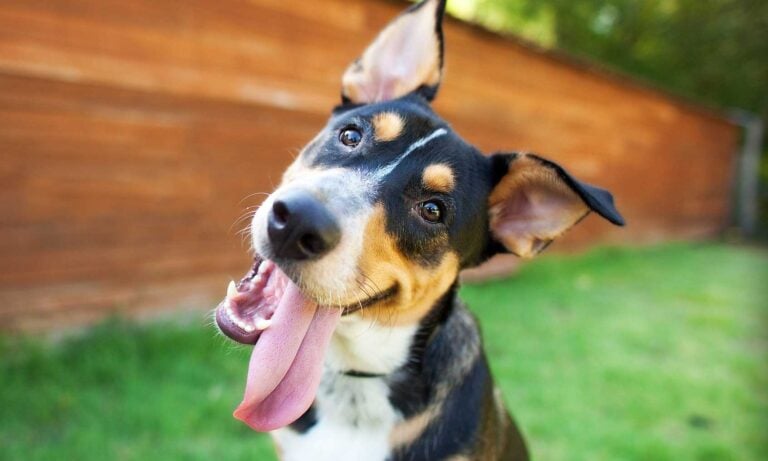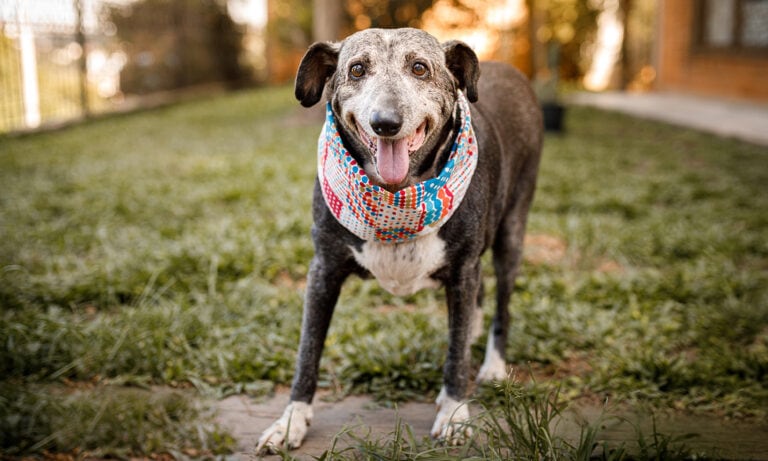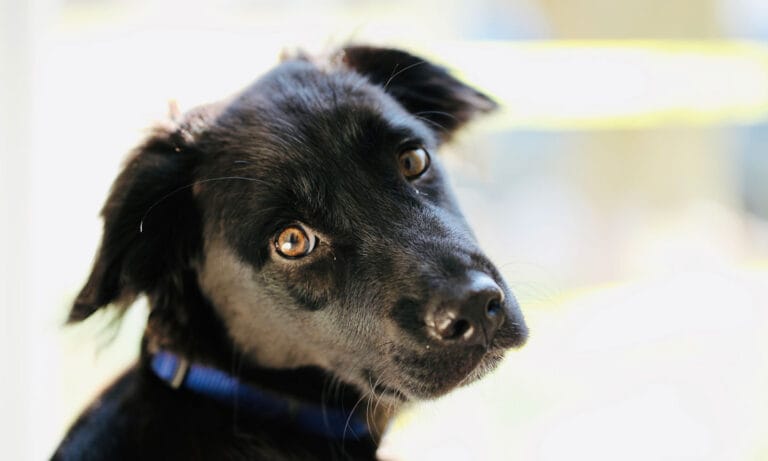You know that your dog has an amazing sense of smell, but have you ever wondered just how amazing it is, and why it’s so much more powerful than a human’s?
To learn some cool facts about the dog sense of smell and how dogs use their noses, we spoke with a “sniffer scientist” (no, really!).
1. Dog Sense of Smell Is Measured by Threshold
“There are many ways to categorize sense of smell, but one way is to test an animal’s threshold, which can be different for different odors. A dog nose can detect an odor in parts per billion, while humans may only be able to detect the same odor in parts per million. It’s like if you were to put just a drop of the odor in a swimming pool. Dogs can pick up very small concentrations of certain scents,” says Nathaniel Hall, director of the Canine Olfaction Research and Education Laboratory at Texas Tech University.
2. Pugs Can Hold Their Own in a Sniffing Contest
Purebred dogs are usually selected for specific jobs because of their genetically given abilities. A German Shepherd, for example, may need to detect drugs while on the job. But just because a dog breed has a reputation for being a skilled sniffer, it does not therefore mean that their dog sense of smell is unparalleled.
“It’s not necessarily true that the breeds believed to be the best at smelling actually have the best dog noses,” says Hall. “We did a study with 30 dogs: 10 Pugs, 10 Greyhounds and 10 German Shepherds. The pugs were rock stars—they actually performed the best when tested against the others.”
3. Dog Noses Are Better at Detecting Smelly Odors
Though the dog sense of smell is superior, there are some odors that dogs can detect more easily than others.
“Dogs are best able to detect odors high in butyric acid—strong, foul-smelling odors are easiest for them to pick up,” says Hall.
No surprise there! We’ve all seen—and smelled—our dogs after they managed to find the foulest smelling substances in the park to roll around in. It’s no wonder that they cover themselves in the most pungent scents they can find.
Dog puzzles, like Ethical Pet Seek-A-Treat Shuffle Bone or Trixie Activity Poker Box, are great ways to put that sensational dog sense of smell to work. You can use them to feed kibble; and if your dog has trouble figuring them out for the first time, you can use a smelly treat, like freeze-dried liver, to help them out.
4. It Takes More Than a Good Dog Nose to Develop a Powerful Sense of Smell
Dogs and other animals have better smelling skills than humans because of the structure of their noses. Instead of breathing in and out the same openings, each nostril has separate openings for breathing in and out. Not only that, but each nostril operates independently, capturing different smells from different directions. But a more complex dog nose is not the only reason we’re so poor at detecting scents in comparison.
“It’s not just the larger amount of receptors that allow animals to detect a wider variety of odors. As humans, our sense of smell isn’t actually half-bad,” says Hall. “It’s also differences in behavior that affect how we use our sense of smell. Dogs always have their noses to the ground, especially on walks when humans want to keep moving along.
“We really don’t take the time to sniff anything for more than a few moments, while dogs will deeply investigate with many, many sniffs.”
While your nose will never be as powerful as a dog’s, it wouldn’t hurt to give it more credit.
Consider your next dog walk an adventure in discovering new smells. Join your dog in taking in both sights and scents along the way.
5. Dogs Sniff Around 5 to 6 Times Per Second
“You’ll notice that dogs never just sniff something once,” says Hall. “When they’re really interested in an odor, they’ll sniff at a rate of about 5-6 times per second.”
Try to pay attention to your pup’s sniff rate next time you come home to your dog after you’ve been around another dog. Nothing gets past that super sniffer!
More about dog sniffing:
Share:












